The SEA-HAZEMON@TEIN project has been awarded in the 3rd call of Asi@Connect program. The project aims to deploy low-cost air quality sensors in member countries in Southeast Asia with real-time analysis to provide timely warning to affected areas directly. Members of the project will be trained to design, set up and maintain their own network of Canarin sensors in haze affected areas of their respective country. The air quality sensor network is an important application of the Internet-of-Things (IoT) for environmental monitoring which not only provide warning for affected community members but detecting occurrences of open burning. Together with the SEA-HAZEMON platform which is based on Information Centric Network (ICN), our proposed SEA-HAZEMON@TEIN is novel and practical in bringing together advanced research in the area of Future Internet together with real applications with great impacts on environmental monitoring and public health.
Participants
- Thailand Research Education Network Association (THA)
- Asian Institute of Technology (THA)
- Silpakorn University (THA)
- Mahidol University (THA)
- Upper ASEAN Wildland Fire Special Research Unit (THA)
- Kasetsart University (THA)
- Institut Teknologi Bandung (IDN)
- University of the Philippines Los Banos (PHL)
- National University of Laos (LAO)
- UPMC Sorbonne University (FRA)
- IT University of Copenhagen (DNK)
- International Centre for Theoretical Physics(ITA)
Lead Organization
- Thailand Research Education Network Association (THA)
- Asian Institute of Technology (THA)
Objectives
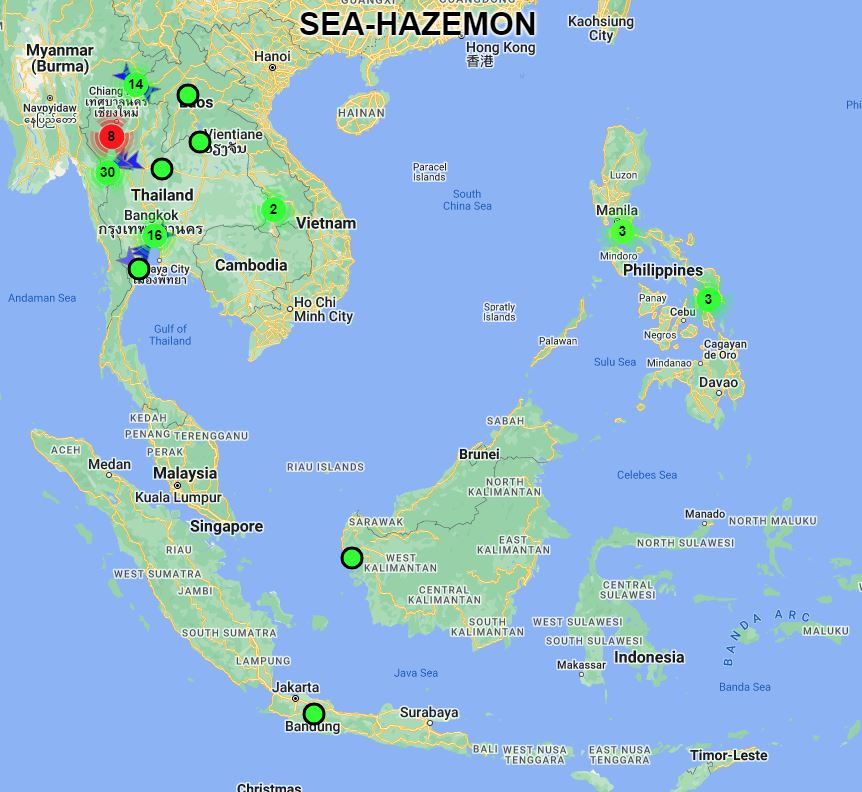
- Deploy large-scale Canarin Air Quality Sensor devices in order to help alleviate the impacts of air pollution in Southeast Asia.
- Provide reliable and timely warning messages to potentially affected areas. Modeling of haze concentration and movement in real-time is our target
- To develop the model to identify characteristics of haze plume to eventually being able to early detecting the forest fire incident
Project Contributions
List of contributions for SEA-HAZEMON@TEIN Project
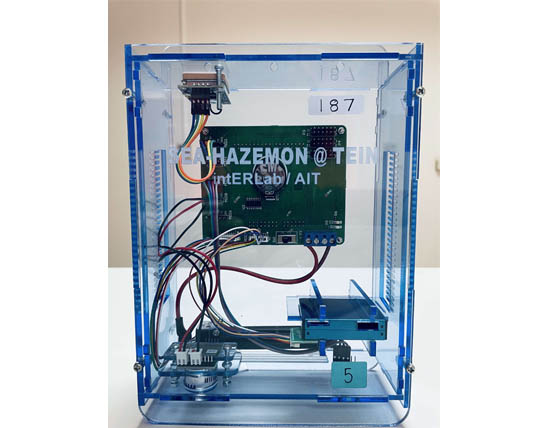




Quality Assessment of Canarin Air Quality Sensor
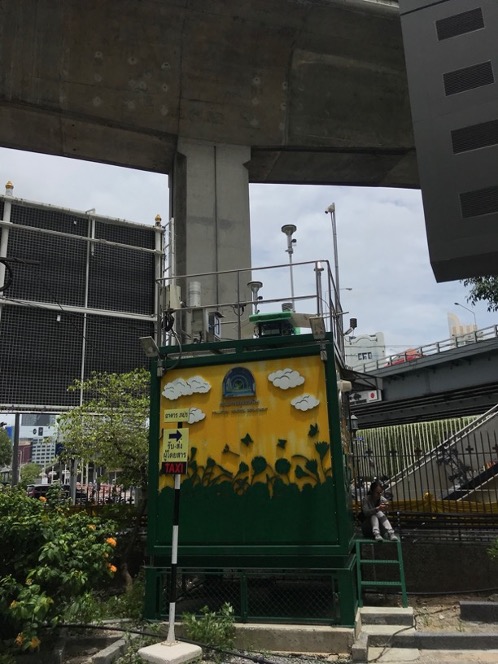
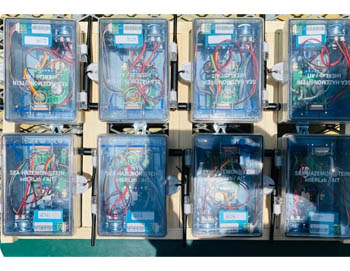
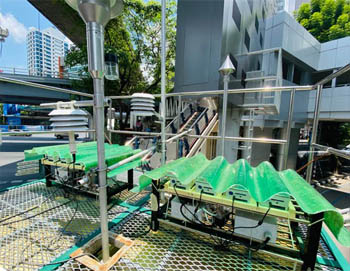
The project proposes the Batching test method to validate the reading ability in terms of validity and reliability by adopting the data analytic techniques. All 250 canarin sensor nodes were grouped in 17 batches, each batch comprises of around 16 sensors. All batches were placed into the air quality monitoring station at downtown Bangkok which is considered as roadside to depict the variation of PM2.5 and CO. The measurement were collected around 4 days for each batching test.
Development of SEA-HAZEMON Platform
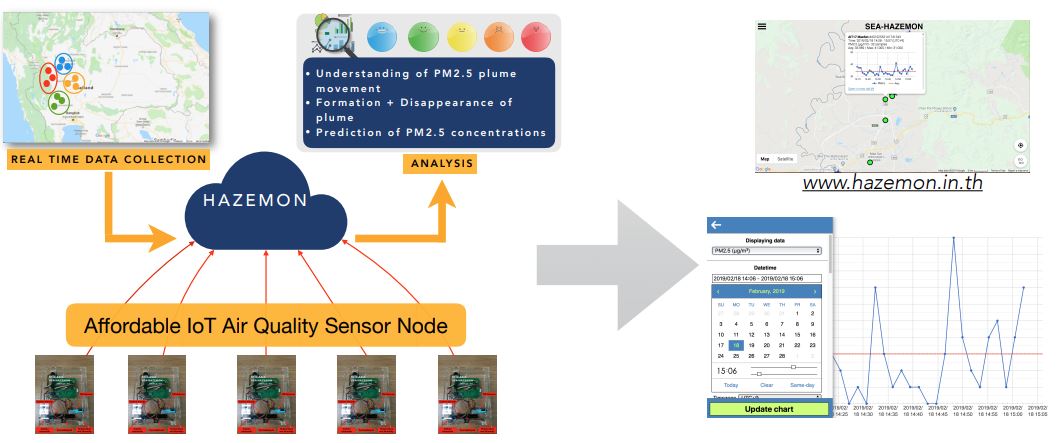
The SEA-HAZEMON platform has been developed to support real-time collecting data from multiple canarin sensor nodes. The platform also provides the data visualization for public users to monitor the haze situation and interface for researchers to analyze the spatial and temporal patterns of plume movement. The SEA-HAZEMON@TEIN Cloud platform can be accessed through www.hazemon.in.th
Real-World Field Deployment
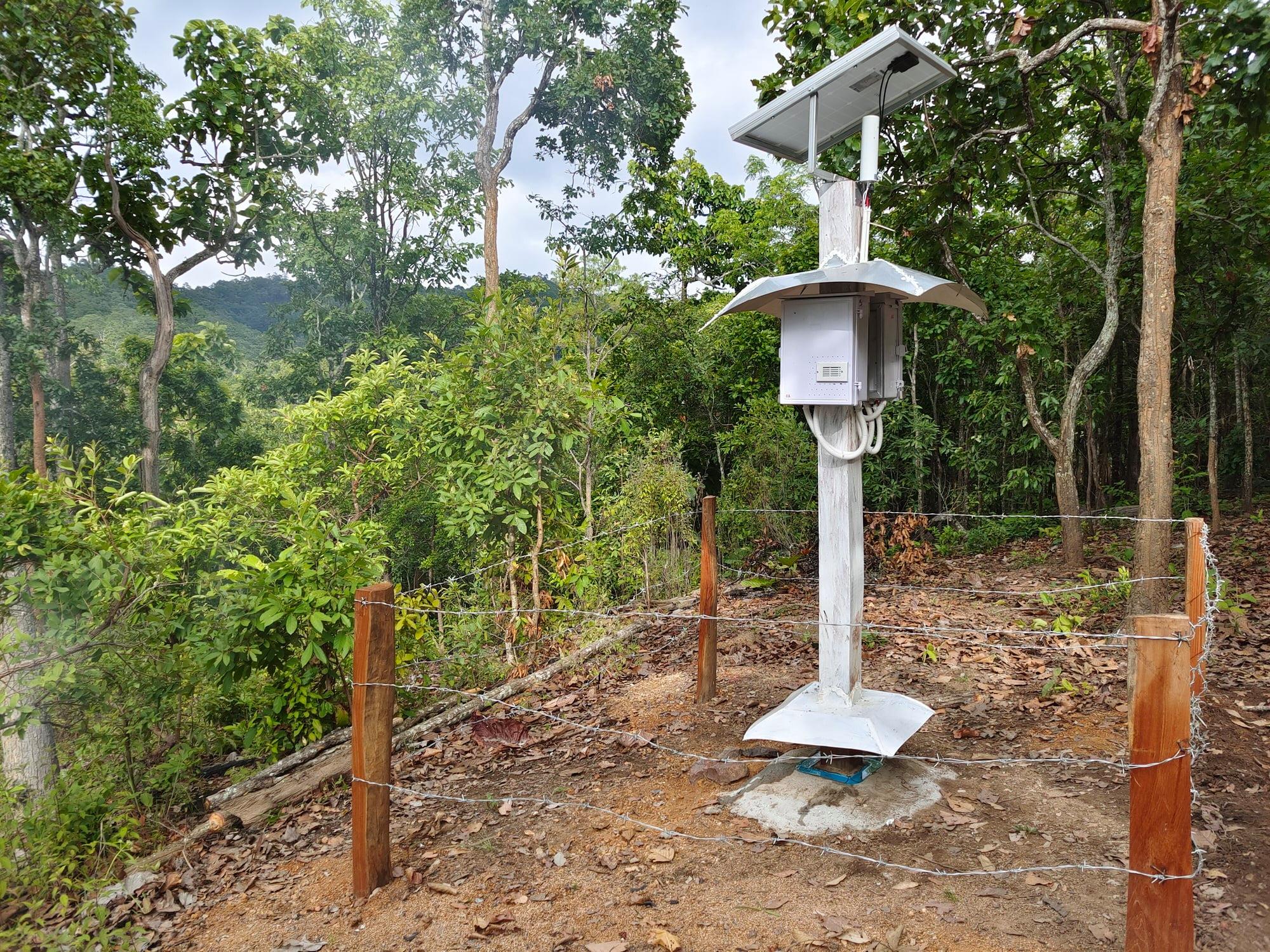
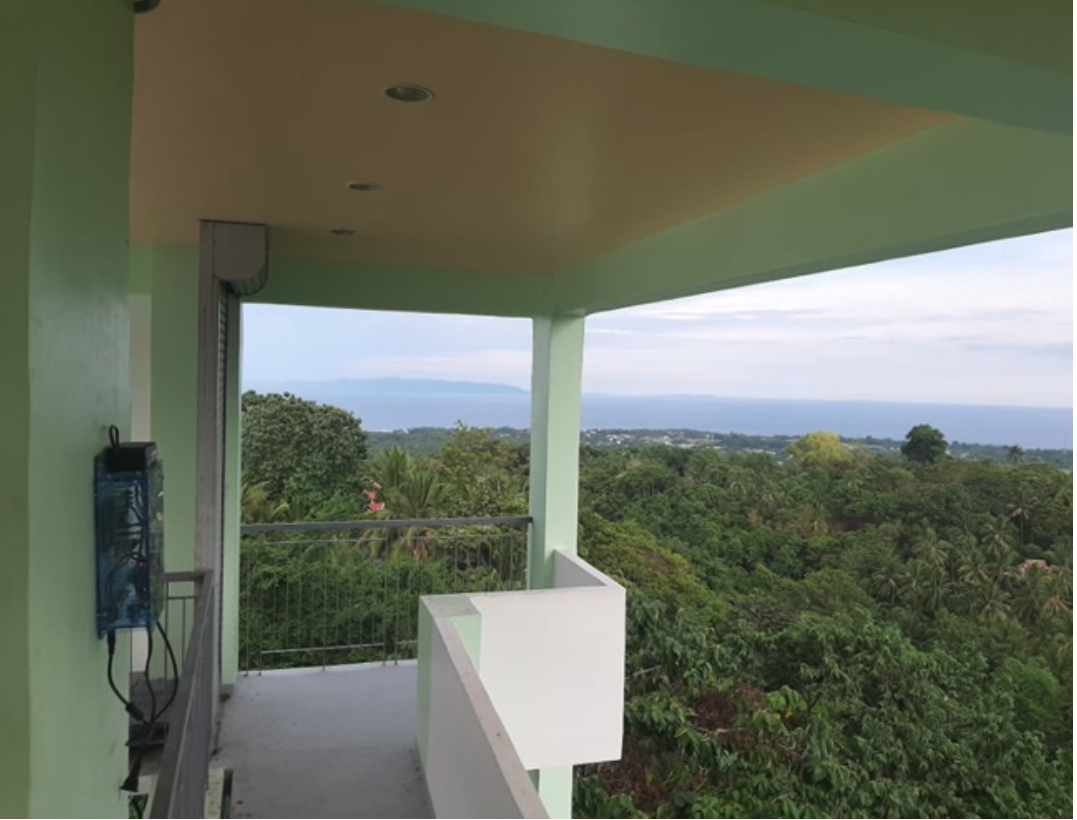
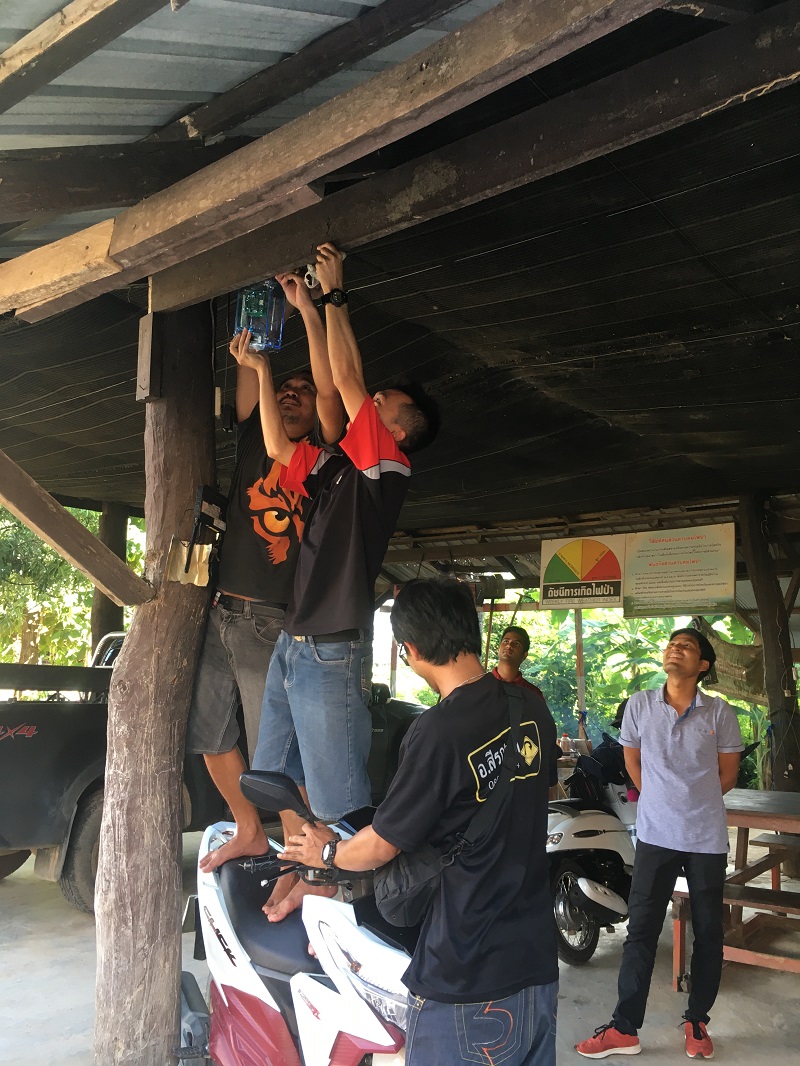
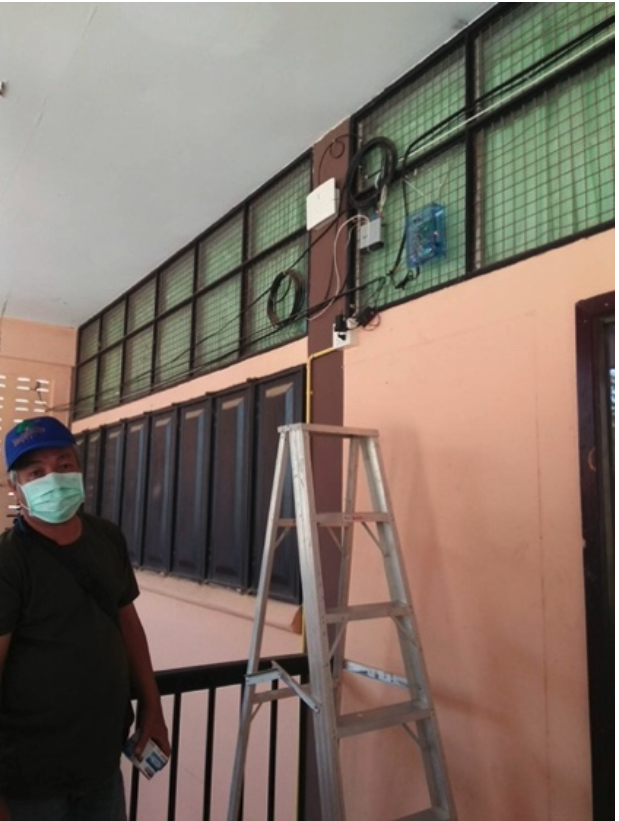
With supports from our research partners, the canarin sensor has been deployed more than 100 nodes in Thailand, Laos, Philippines and Indonesia. The deployments sites cover several areas including urban area, rural area and remote area.
The project also aims to build the Real-time IoT platform for monitoring the forest fire incidents while timely preventing the negative impacts on public health. In this manner, the project team has collaborated with several local partners in northern part of Thailand such as Doi Tung forest fire control unit in Chiang Rai, Ban Hong community in Lamphoon, and Thai Samakhee village in Tak. These collaborations brought us tremendous supports in deploying the canarin sensor nodes in the areas affected from the forest fire and also in deep forest area.
Capacity Building Through Hands-On Workshops and Trainings
The project has organized two technical workshops on Internet of Things (IoTs) Technology and Data Analytics on Air Pollution. The workshops were carried out by our project members and experts in the field to deliver the latest technology and disseminate the project’s outcomes. More information on our workshop activities can be found here: Internet of Things and Air Pollution Monitoring and Data Analytics of IoT Sensors for Air Quality Monitoring
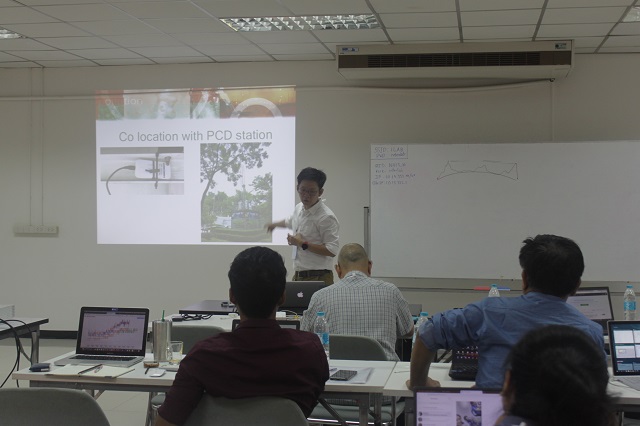
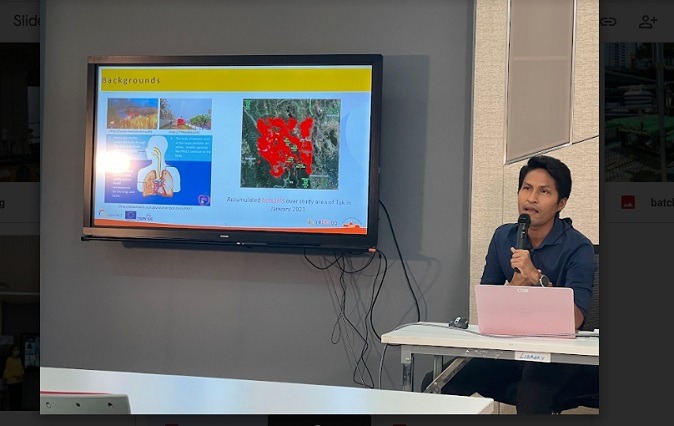
Data Analytics Model For Forest Fire Detection
The project aims to understand the characteristics of the haze plume to eventually being able to early detecting the forest fire incident. To implement this plan, our data analytics team have analyzed the data from Tak province, Thailand where is effected from the forest fire incidence. Our results show that PM2.5 and CO have been found to have a strong relationship with the fire emissions and can be used as a tracer for forest fire detection.
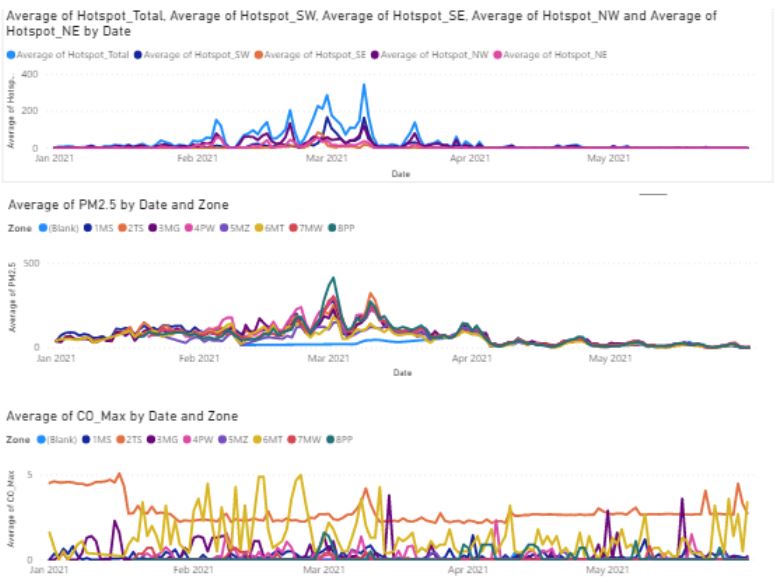

Project Team



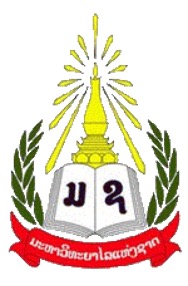

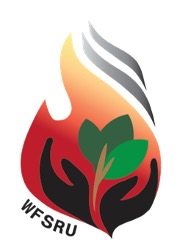




Supported By


